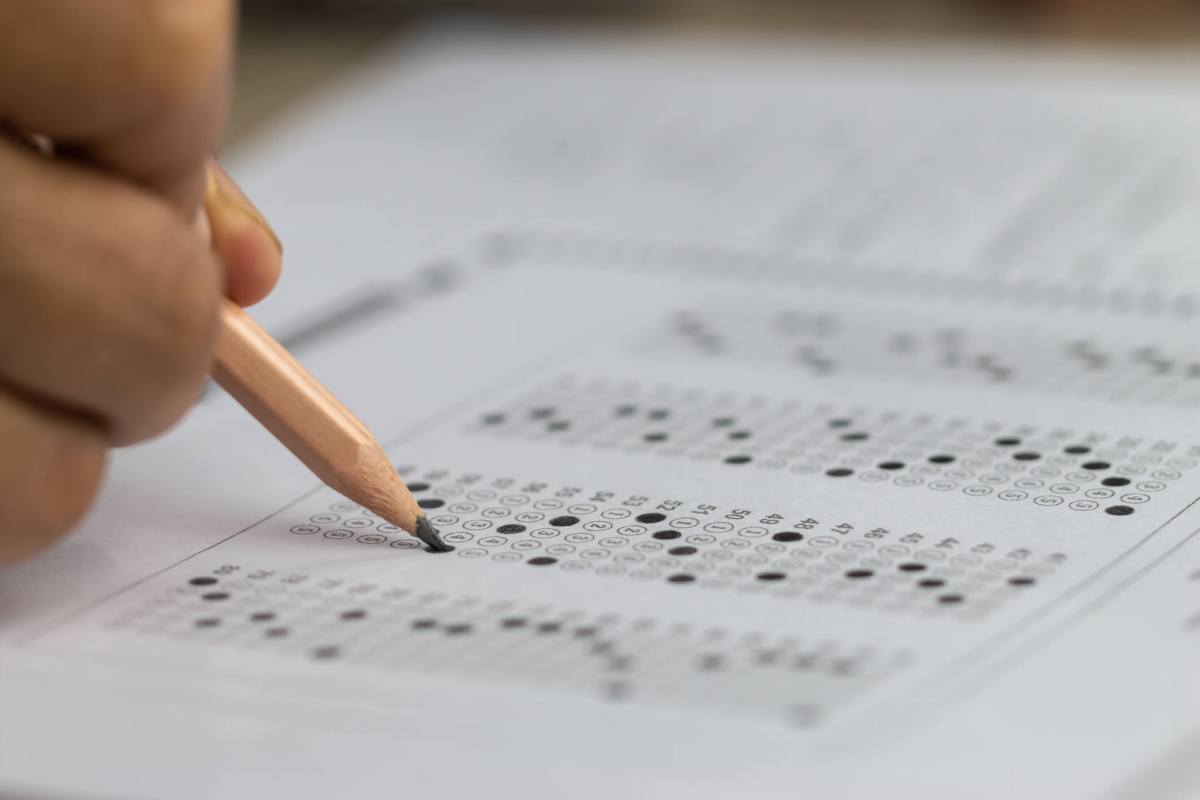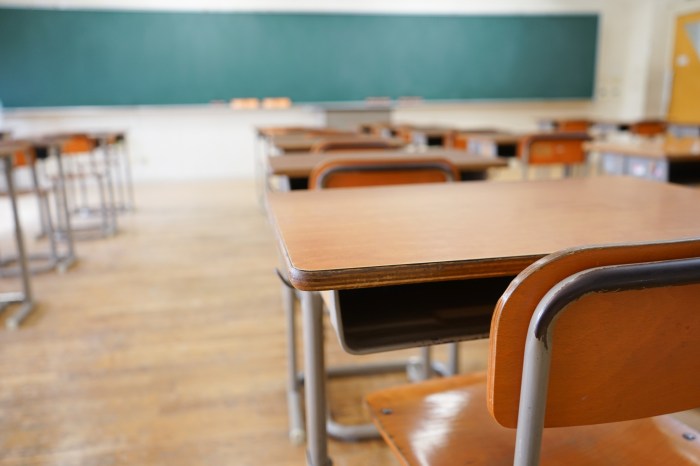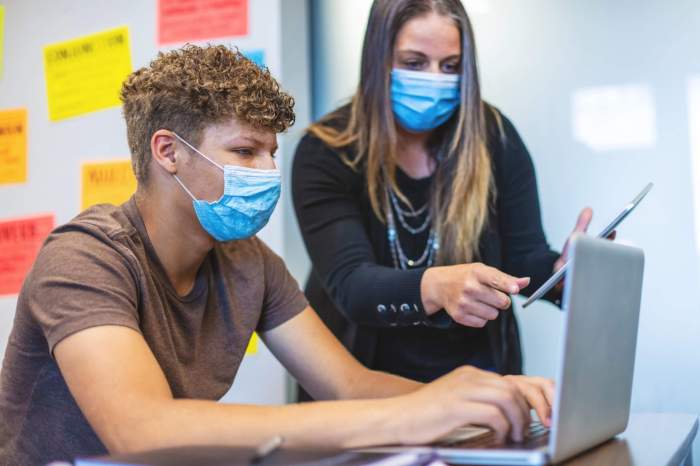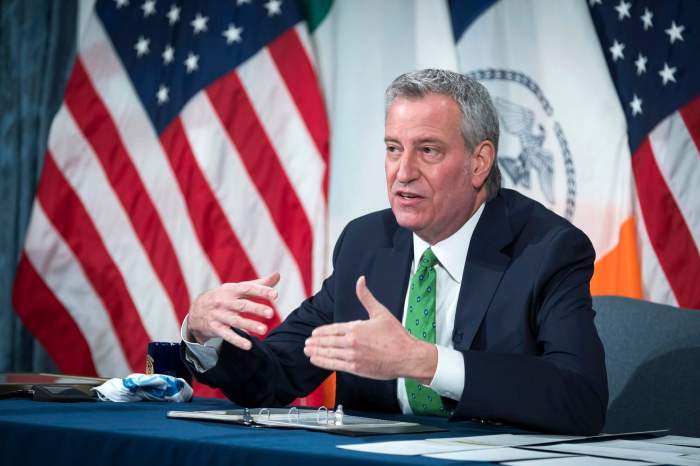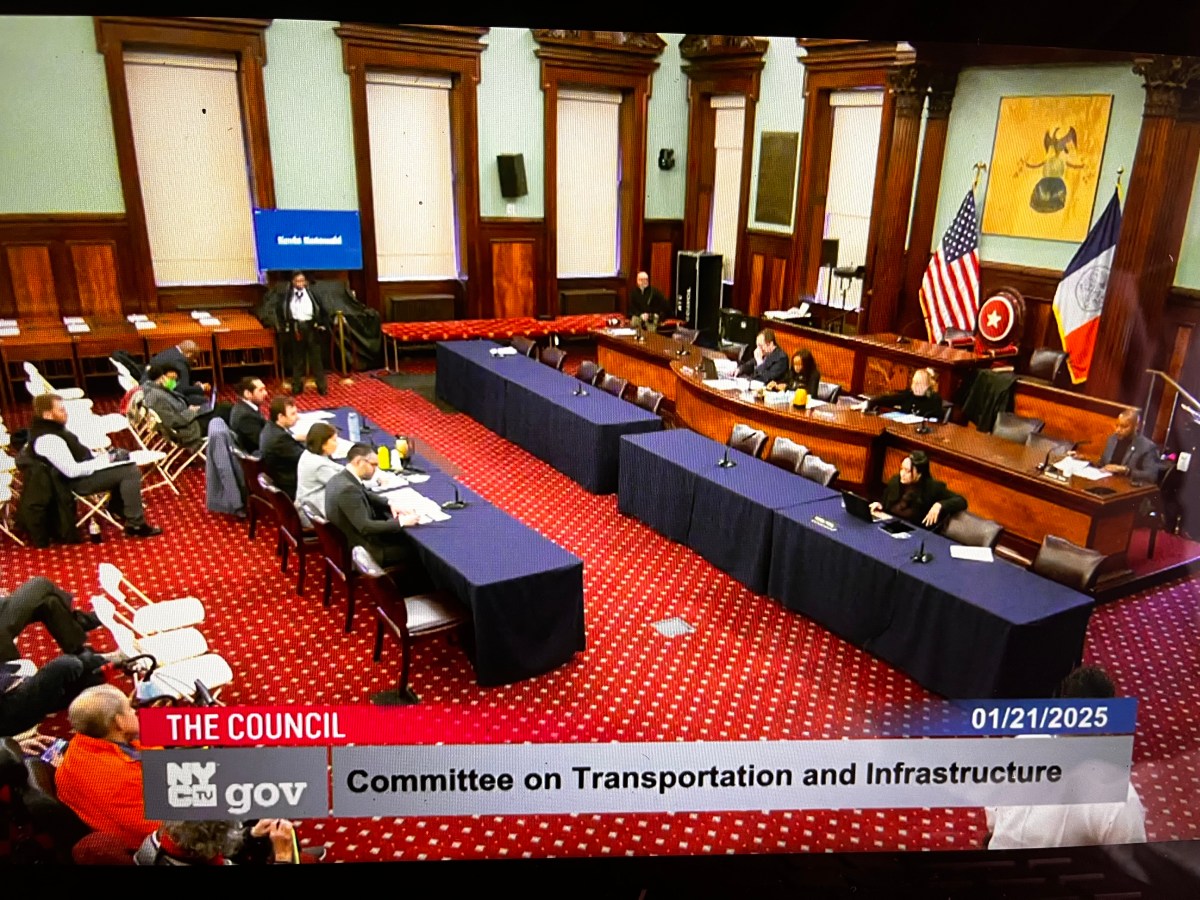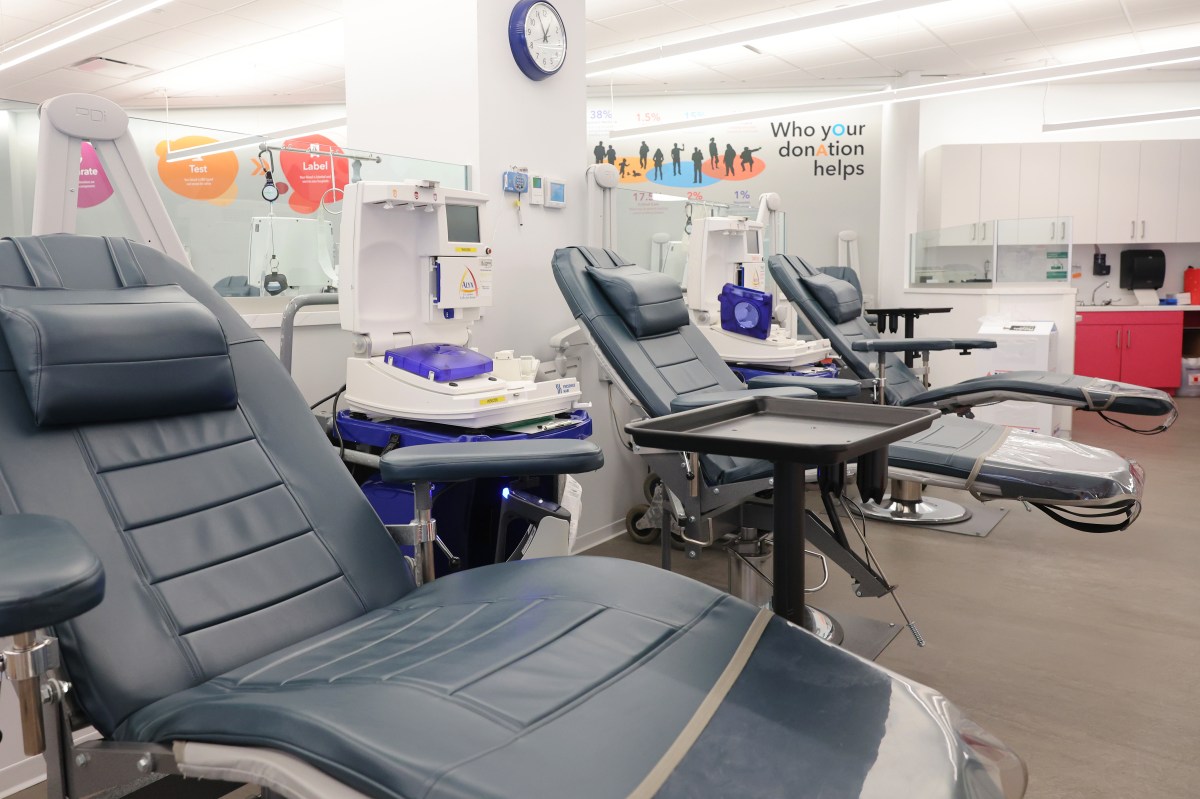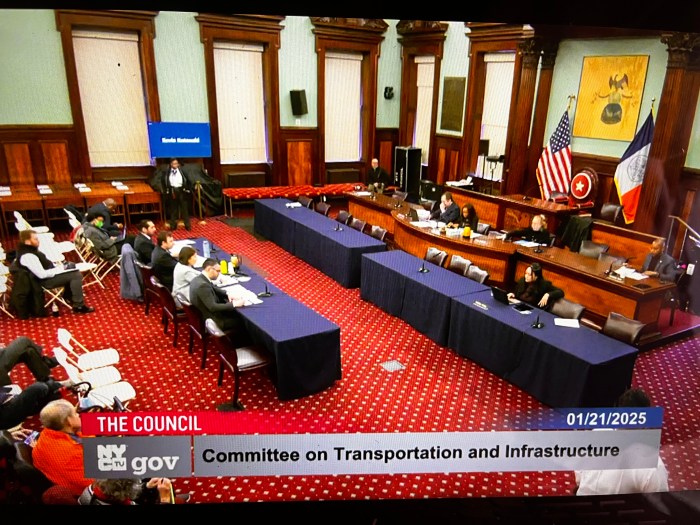Due to the novel coronavirus pandemic, only four out of 10 elementary and middle school-aged children in New York took state math or English assessments this past spring. As a result, officials will not release 2020-21 state testing data and will instead only release district and individual school scores.
“While educators and school-based staff rose to meet unprecedented challenges last year, everything about education was different for educators, students and parents, including the state assessments,” said Commissioner Rosa. “This year just 4 in 10 students took the tests so the data does not reflect the majority of students’ learning. State exams are just one of multiple measures of student learning used to help shape student individualized learning plans so they have the supports they need.”
In the years prior to the pandemic, about 80% of third through eighth-grade students in New York would sit for either the math or English Language Arts exams, according to the state Department of Education. But this past spring, only 41.9% of children enrolled in the third through eighth grade took the ELA exam while 39.9% took the math test.
The state education department released the results of state-wide exams to local school districts on Thursday with the warning that test results are not reflective of students’ academic progress.
“The pandemic exacerbated already existing inequities for students and this fact is most evident in our 2021 statewide assessment participation rates,” said Board of Regents Chancellor Lester W. Young. “The Board and the Department are committed to addressing these disparities by helping schools implement policies and practices to foster diversity, equity and inclusion in the classroom. Together we must work to ensure that all New York State students have the support they need to be successful in school and in life.”
Last year, the New York State Department of Education requested a federal waiver in administering state-wide exams due to the pandemic but were denied their petition by the Biden administration decided there needed to be some way to measure pandemic-related learning loss. As a result, the state remained legally obligated to administer state assessments but was given the flexibility to offer shortened versions of the tests and allow fully remote students the option to sit out the tests altogether.
In response, the New York City Department of Education decided to make sitting for state exams optional last spring and required interested students to sign up for each exam. The bulk of New York City public school families chose to not send their children back into school buildings to sit for the exams with only a total of 21.6% of students in the third through eighth grade sitting for the English exam and 20.5% traveling to schools to take the math exam, according to state data.
Students turn out for the state assessments by race differed among students. Despite 40% of third through eighth-grade students in the city’s public school system identify as Latino, only 31% of ELA test-takers and 32% of students who took a state math assessment in the Spring were Latino. Although Black students make up 20% of public school students in those same grades, Black students only made up 15% of all students sitting for an ELA state test and 14% of those sitting for a math test.
However, that trend was the opposite with Asian and white students who represented a disproportionally high number of children sitting for state assessments. Even though white and Asian students made up 18% of children enrolled in third through eighth grades, Asian and white students accounted for 22% and 28% of students sitting for English and math assessments respectively. Overall, only 63.% of test-taking students scored within their grade level for English while 51.5% tested at grade level for math, state data shows.
“Our Academic Recovery Plan will continue to be our north star as we accelerate learning and expand supports for all students and, as we’ve said before, no student will be penalized for not taking the tests,” said New York City Schools Chancellor Meisha Ross Porter. ” One thing is clear: our families each faced many different circumstances last school year and these results do not accurately reflect the diversity of New York City schools.”



